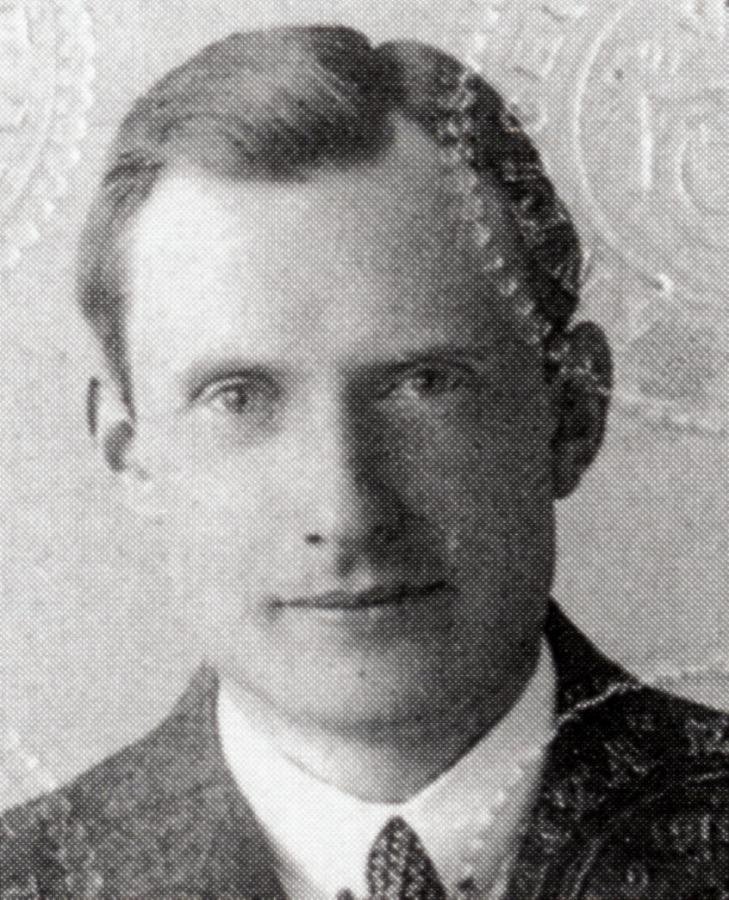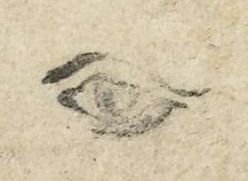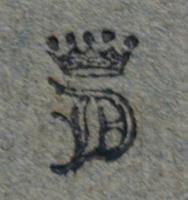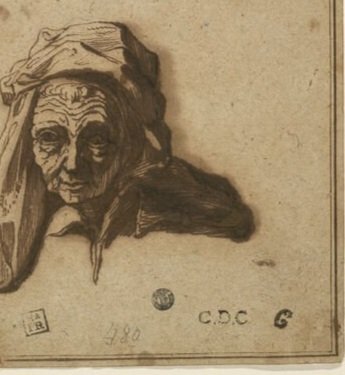Demystifying Drawings #8
Wednesday, 1 May 2024. Newsletter 8.
HOW TO:UNDERSTAND A COLLECTOR’S MARK






-
Marks may be subtly placed in a dense corner of the drawing, or on a more obvious blank area of a supporting mount.
-
Look at the text (initials, words, numbers etc), image (animal, geometric shape etc), technique (handwritten, stamped etc), colour etc.
-
Enter as much information as possible into the search engine and explore the results.
-
If no result corresponds to the mark you are looking for you can enlarge your search by deleting a query. For example, ‘colour’, as not all possible colours may have been indexed, or an initial that might not be clear. If the mark you are looking for is still not part of the results, do not hesitate to contact the Fondation Custodia collectors’ marks team at: marques@fondationcustodia.fr.
To mark the recent launch of the new Marques de Collections website, our editor speaks with Rhea Sylvia Blok, conservateur at the Fondation Custodia, Paris, about collectors’ marks, their history and the changes to the database.
Interview Part 2
Marques de Collections
Collectors’ marks are integral to the understanding of a drawing’s history, but they are little known or understood outside of the sphere of drawings enthusiasts. As remarked upon at a recent event at Master Drawings New York, drawings people are bonded by a mutual understanding of subject-specific terms like ‘Lugt number’ and ‘counterproof’ and are liable to spend much of their time discussing things like ‘hands’. Thanks to Marques de Collection however, collectors’ marks need not be the domain of the specialist and can be easily understood with the aid of this invaluable tool.
Do you encourage members of the public, from dealers to collectors and researchers, to get in contact if they come across a mark which is hard to identify or unknown?
Establishing a reference work of collectors’ marks requires the support of the international community of drawing and print specialists. It is thanks to members of the public contacting us that our small team was able to constitute an important documentation of all kind of marks. We would also like to point out, that we encourage everybody to contact us with question about collectors’ marks, especially marks that are not yet in the database. Often, we do have a file on these marks, even if they are not published yet. We are always happy to provide information to those who contact us!
Drawings enthusiasts, dealers and collectors are often, by necessity and wont, collectors of books too. Are there plans to publish a third physical edition of Les marques de collections de dessins & d’estampes?
Having found many more new marks than expected the idea to bring out a paper edition would result in a publication consisting of an estimated bulky six volumes, including the updated volumes of 1921 and 1956. A book edition would also raise the following problems: first of all, the difficulty of establishing an alphabetical order for the marks, even for those that are partly illegible (problem that does not exist in the database as there is no order). At the same time the database made it possible to bypass the complicated classification system of the Lugt numbers with it’s a, b, bis and ter numbering system. Considering this problem, it had been decided that new marks would receive a continuous number starting from L.3030.
Are collectors still adding their own marks to drawings, and what is best practice if so?
Indeed, we are regularly contacted by collectors who have created their own collector’s mark. As for best practice: ownership marks should be applied with stamps of high quality, for example a metal stamp. The ink should be indelible and stable (non-fading or bleeding) and it should be non-destructive to paper. Ink used by printmakers is suitable (for example Charbonnel, Lefranc, etc.). As for stamping the mark: always first make a test on a piece of paper before applying the mark on the drawing or print. Or ask a paper conservator to do the marking for you! I would also like to repeat what Frits Lugt wrote to collectors asking for advice: choose a discrete design, and apply it - with the same idea of discretion - on the verso!
Do you have a favourite collector’s mark?
If I have to choose, I would say that one of the best symbolic marks ever made by a collector would be the eye by Nathaniel Hone, L.2793.
The Fondation Custodia is built upon Frits Lugt’s personal collection. Are there any drawings in the collection whose marks reveal a hidden story or help to resolve a collection mystery?
There are quite a few drawings in our collection with interesting marks and provenances. One that has intrigued me is the mark of the Earl of Dalhousie: L.717a. This mark is stamped on drawings coming from two albums. These two albums were acquired by P. and D. Colnaghi & Co. in London in 1922. One album containing drawings by Rembrandt and his School (mostly by Nicolaes Maes) went to Cassirer in Berlin who sold the drawings separately. The other album (almost complete and containing Italian drawings from the 16th and 17th century), was acquired by Frits Lugt. Lugt also sold a large part of these Italian drawings, conserving only a few works, the most important being a drawing attributed to Raphael. Lugt also kept the now empty album itself (it is still in our collection). The album dates probably from the first half of the 18th century, but we do not know by which member of the Dalhousie family it was put together. It is a good example of how collectors’ albums have been treated over time. As selling drawings separately has financially always been more interesting, it is rare to find collector’s albums still intact. Thanks to the collector’s mark on the Dalhousie drawings, it is possible to reconstruct this collection.
